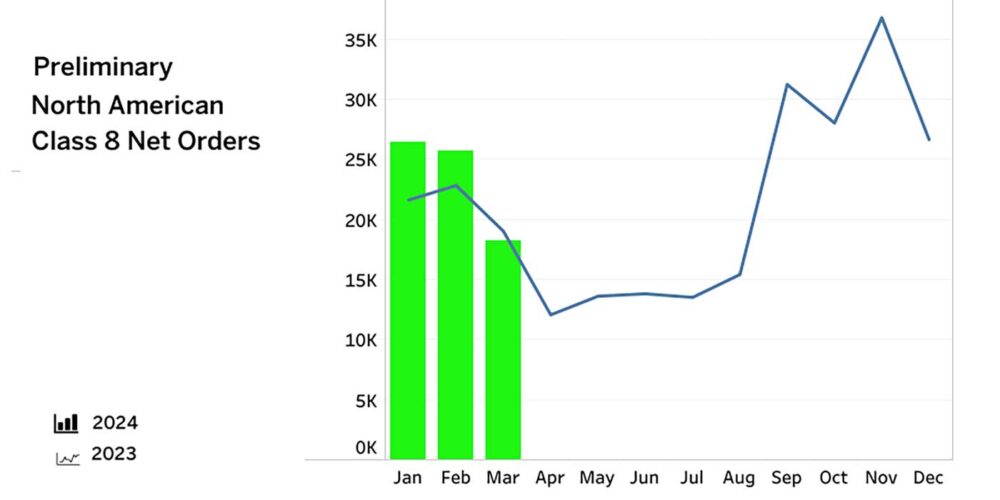Almost 90% of commercial trucking fleets retread their tires at least one time. Steer tires are typically retreaded with a drive tire design the first time. The second retread will most likely be retreaded back to the trailer. Drive tires are retreaded as another drive tire and then back to a trailer design. Trailer tires can be retreaded multiple times as another trailer tire.
In line-haul applications, if you have a serious tire maintenance program, a new drive tire with 30/32-in. of tread rubber can see upwards of 350,000 miles. When retreaded back with a drive tread pattern with 22/32-in. of rubber, add another 200,000-plus miles to the casing life. And if you can reach a second retread, you should be able to achieve an additional 125,000 miles as a trailer retread. Add all that up and 675,000 miles on a single casing will certainly lower your annual tire expenses.
Most retreads cost anywhere from a third to half the cost of a new tire, so it is an obvious and significant cost advantage for fleets to be running retreads.
Implementing a serious comprehensive tire maintenance program is the best way to maximize your retread tire life and keep your tire budget in check.
There are basically three types of retread technologies that are available in the marketplace:
• mold cure
• pre-cure
• spliceless pre-cure
In mold cure systems, the tread is buffed away down to the casing, where unvulcanized tread rubber with no tread pattern is applied. The tire is then placed in a mold and a combination of heat, pressure and time is applied with the new tread design in the rigid mold. This process of heat, pressure and time is known as curing a tire.
In pre-cure retread systems, after the tread is buffed down to the casing, a thin layer of rubber called cushion gum is applied around the casing. Tread rubber that has already been vulcanized and has a tread pattern (pre-cured) is now applied around the tire. The cushion gum helps keep the tread in place and creates the bond between the casing and the new tread. The two ends of the pre-cured tread are spliced together. The tire is placed in a curing chamber, vulcanizing the new tread onto the tire casing.
Spliceless pre-cure is the most recent innovation in the retread process. Spliceless pre-cured treads are not extruded in flat pieces (pre-cure retread process), but rather are molded in one-piece circular molds. The circular tread is stretched over the buffed casing, followed by a curing process similar to the pre-cure retread curing operation.
In all three retread processes, your fleet has a wide choice of tread compounds, designs and tread depths from which to choose. It all depends on what is most important for your fleet operation. Is your goal to maximize removal miles, increase traction in the rain and snow, or maximize your vehicle fuel economy? Keep in mind that there are going to be differences in performance between and among the final retreaded tires with the various retread manufacturers.
Fleets should run their own internal evaluation to determine which retreads show better bottom-line tire performance. It is very important to visit your local retreader and review their entire process, including how they inspect tire casings, how they make casing repairs and how they train their workforce. A specific retreader can have a greater impact than the specific retread tire process. And, of course, there are price differences between each retread process, which will affect your tire cost per mile analysis.
A good recommendation is to work closely with your tire professional and talk with other similar fleets to get their perspective and experiences with various retread products.













